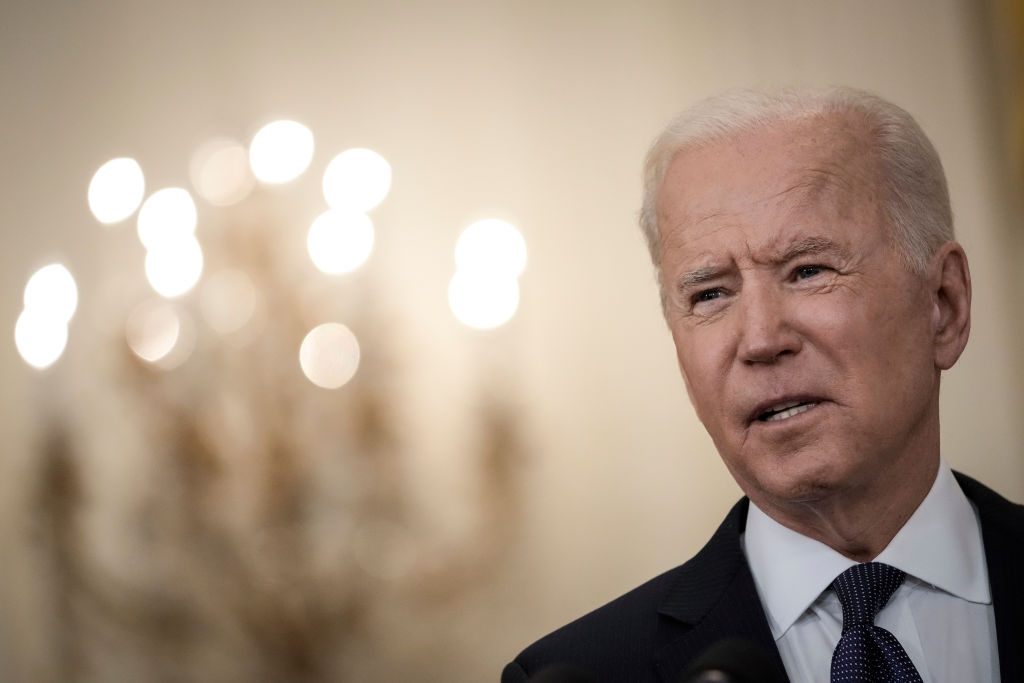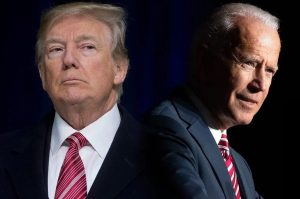As governments around the world have taken part in a money printing spree over the past year, one question has lingered at the back of officials’ minds: will this all end in inflation?
It’s a question many haven’t wanted to ask, but new figures out in the United States today have forced the question. The headline rate of inflation has risen to 4.2 percent on the year — double what economists were forecasting. Core inflation, excluding food and energy, also rose, to 3 percent. Change is happening fast: the Consumer Price Index increased 0.8 percent from March, for the fastest rise since September 2008. This is the nature of inflation: as Friedrich Hayek warned in 1969, ‘if the tiger (of inflation) is freed he will eat us up; yet if he runs faster and faster while we desperately hold on, we are still finished.’
The Federal Reserve is confident that the cat is still in the bag. But despite attempts from its vice chairman Richard Clarida to play down the numbers, markets are responding. US stocks were already dropping ahead of the news yesterday, as fears that inflation would outpace forecasts started to pick up. The Dow Jones, S&P 500 and Nasdaq slipped further this morning, while the 10-year Treasury yield bumped up to 1.67 percent.
It wasn’t long ago that inflation was barely a consideration: COVID-19 was an unforeseen emergency and economists on the left and the right broadly agreed that this was the time to spend whatever was necessary to tackle the health crisis. Fears of inflation were tossed out as doomsday scenarios that lacked credibility.
Something shifted at the start of the year: prominent economist Larry Summers (who worked in both Bill Clinton and Barack Obama’s administrations) started warning that the trillions being spent on COVID stimulus packages could lead to an inflationary spike. Rishi Sunak, the UK’s chancellor, deliberately designed his March Budget with inflation in mind, making sure the UK’s finances were ‘Biden-proof’ if inflation rates or interest rates started to move, and the cost of servicing the country’s debt became remarkably more expensive.
Now as the US economy heats up, so does the debate: between those who continue to insist these risks can be handled, and others who see today’s update as a stark warning. Many continue to fall into the former camp, explaining the rise on ‘transitory factors’ that will soon balance out. There’s a case to be made here: today’s figures could well be pegged to America’s booming vaccination program, which is enabling more economic activity. Or temporary supply shortages, which will be sorted once businesses adapt to the new demands of their consumers, which will have changed somewhat since the pandemic first hit. Some economists argue an uptick in inflation is no bad thing, as it helps to address other problems like burgeoning debt levels — just so long as it remains under control.
This remains the sticking point. Normally, inflation could be fought by raising interest rates, but that tool would be a politically painful one to use right now in countries like the United States, whose government’s latest set of spending packages is set to add over $1 trillion to the deficit over the next 10 years. As Andy Haldane, chief economist at the Bank of England, pointed out earlier in the year, many of the conditions that killed over inflation over the past few decades have disappeared: the effects of budding globalization, the entrance of China onto the global economic stage and the surge of cheap goods and labor that came with it are unlikely to be repeated. Furthermore, no one quite knows what happens to modern economies when you force them into hibernation and then let them loose again, with a lot more money pumped into the real economy than there was before it got locked down.
Clarida remains optimistic that all is under control, telling the National Association for Business Economics today that he expects ‘inflation to return to — or perhaps run somewhat above — our 2 percent longer-run goal in 2022 and 2023.’ For now, it seems, the Fed isn’t moving in its position. But pressure is likely to mount: if its calculations are wrong, an inflationary spike could have a damaging effect on the US’s recovery, not to mention a knock-on impact across the rest of the world.
The economic stress test of the Biden administration so far seems to be whether you really can get something (read: many trillions of dollars) for nothing. Today’s inflation figures are far from conclusive, but are likely to inspire louder commentary from those who would say ‘no’.


















